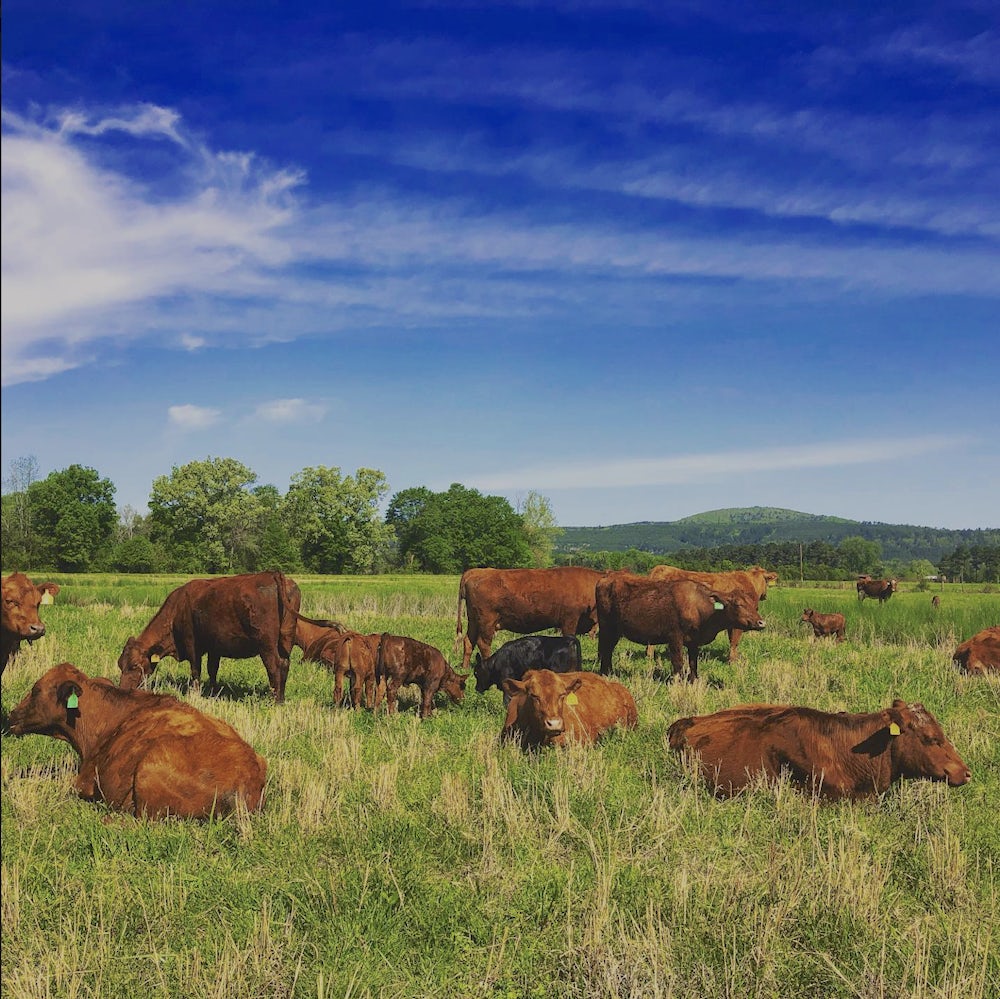The experts at Heifer Ranch in Perryville, Arkansas, will tell you that, on a farm, everything’s connected, and that’s especially true with bees.
“I think what’s really cool is that better beef might mean better honey, which is a neat correlation,” said Sean Pessarra, horticultural manager.
To feed the Ranch’s cattle and lambs in the most nutritious way possible, Donna Kilpatrick, livestock manager and farm steward, plants 18 different kinds of forage plants. “We want to have a diversified mix for them,” Kilpatrick said, “for their health and for their growth but also for the soil. Having different types of plants that have different root systems will help us retain rainwater and just help the soil quality.”
And to improve the pollination of the forage, Kilpatrick added a pollinator garden that attracts bees and all manner of beneficial insects. Even though hives of honeybees are managed on the Ranch, it’s important to attract native bees as well.
“A lot of the crops we grow in the garden actually need native bees to pollinate them,” Pessarra said. “Things like tomatoes, and squash, blueberries, for example, are better pollinated by native bees.”

The variety of forage Kilpatrick sowed should also help the Ranch’s honey output.
“All the world records for honey production are pre-World War II,” Pessara said. “We haven’t been able to produce near as much honey as our grandparents did or our great-grandparents did because of the lack of forage.”
For people who aren’t farmers but still want to support the bee population, Pessarra suggests planting the plants that bees prefer or creating bee-friendly habitats around the house. For more information, check out the video above and follow Heifer USA on Facebook.